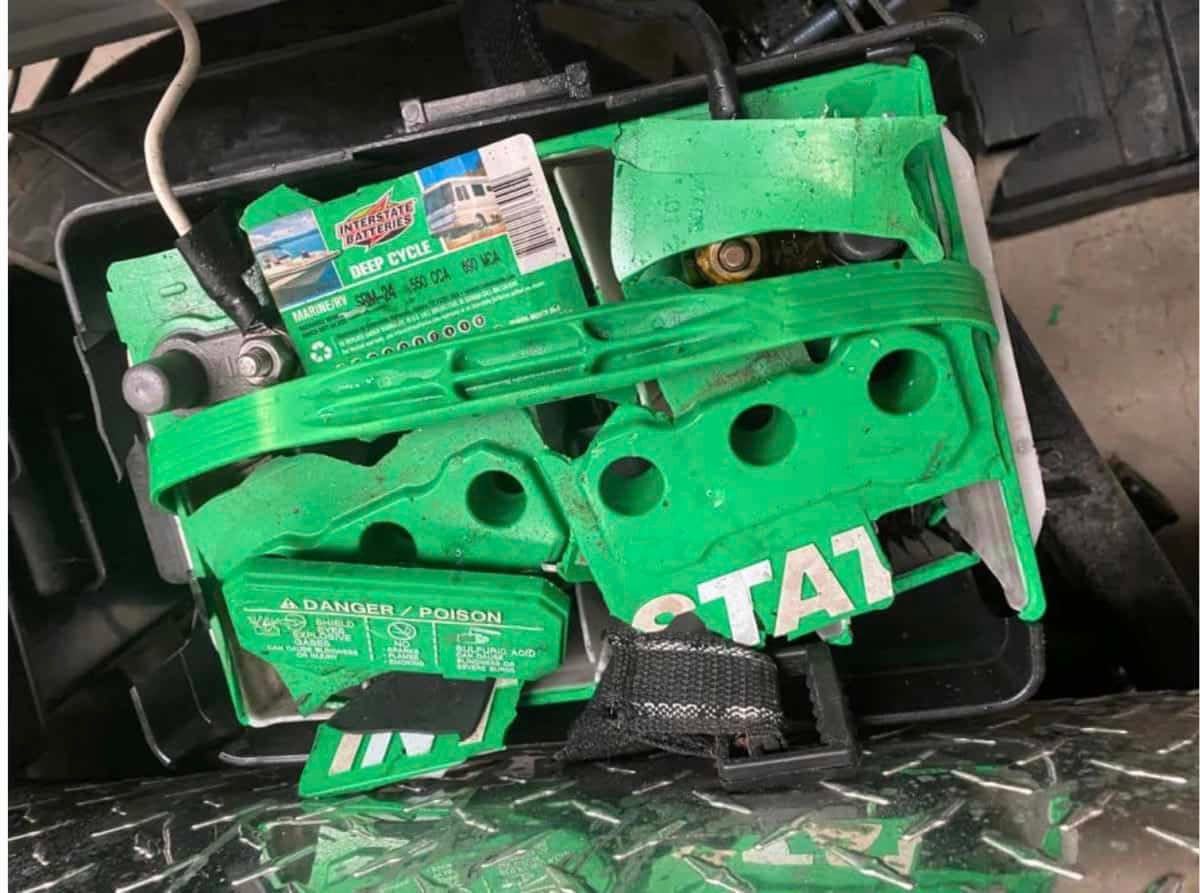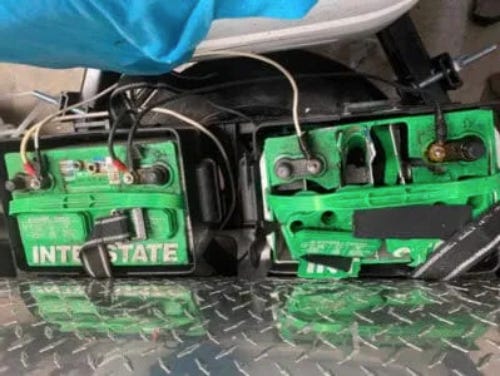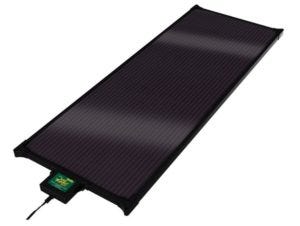Don't let your batteries explode!
If you let your lead-acid batteries boil and dry out bad things can happen...
Dear Readers,
These pictures just came in from one of my Facebook Group members. Yes, it is indeed as bad as it looks.
A battery explosion
It appears that the multi-stage charger might have failed and kept pumping significant current into the batteries, after it should have gone into “float” mode. The poster noted that he only had to add water every 6 months, so he consequently only checked water level every 6 months.
This was compounded by how far he was away from the RV, so it would often sit for 6 months by itself while plugged into power to keep the batteries fully topped off.
Batteries are potential bombs
So, all was well until apparently something happened with the multi-stage charger that caused the water to boil out the batteries, one of which exploded. When the water boils out of a lead-acid battery and exposes the plates, there can be serious outgassing of hydrogen and oxygen gases in the perfect ratio for an explosion.
If these gases accumulate in the top of the battery due to a void from a lack of water, then it only takes a spark from one of the overheated plates to make a small bomb. And it’s powerful enough to blow up the casing of the battery and spray sulfuric acid over everything in the area. Then you have some serious cleanup to do in addition to replacing the batteries.
What to do?
First of all, never leave your battery plugged into a standard trickle charger or old-school 2-stage RV converter/charger. That’s just asking for overcharging trouble. Also, I highly recommend monthly checks of the electrolyte level in your FLA (Flooded Lead Acid) batteries. While it may not be convenient to do this in some RVs where the batteries are located in a hard-to-reach location (like under the steps), nonetheless, checking the electrolyte level monthly is very important. Don’t become my next poster child for battery explosions.
Making it easier with Flow-Rite
I haven’t completed my review of the Flow-Rite battery watering system just yet, but I’ve had a number of unsolicited testimonials from readers who have used the Flow-Rite system for years with great success. They note that it only takes two minutes to check the electrolyte level on up to four batteries at the same time, and fill them with distilled water.
Best of all, you don’t even have to touch the batteries to check the level. There’s just one place to fill and you’re done. Seems like the real deal to me – which is why I asked for a review sample from Flow-Rite Controls™, Ltd. As soon as it warms up a bit I can complete my review. Brrrrrrr!!!! In the meantime, you can find Flow-Rite products on Amazon HERE.
Charging options
If I needed to leave an RV unattended for 6 months at a time, I would consider shutting off all shore power to the RV and hooking up a Battery Tender instead of the on-board multi-stage battery charger.
Battery Tender has a great reputation for making a product that floats your FLA or AGM batteries perfectly. And you can even get solar versions in case you need to store your RV in a spot without electric power, but that does have sunlight. Just remember that Lithium batteries don’t need (or want) to be float charged in most cases. But check with your battery manufacturer just to be sure.
What about Lithium Batteries?
You’re in luck if you have Lithium batteries. Since they lose very little SoC (State of Charge) while in storage (typically around 1% per month) you don’t need to charge them at all over the winter. In fact, most of the Lithium battery manufacturers recommend you just charge them up to 100% SoC and then disconnect them. They’ll still be around 95% SoC five months later.
OK, everyone. Remember that electricity is a useful and powerful force, so we all need to pay attention to safety precautions while using it.
Let’s play safe out there…. Mike










Hey Mike, I’ve used the Flow rite system on both a bank of four 6volt for six years, and now two years on a bank of two 12 volt batteries. I have had no issues with either. Makes it so easy to perform monthly maintenance. Before installing this system, in order to get the caps off, I would have to actually disconnect some of the cables. This would tend to make me procrastinate this dreaded task. I would highly recommend this system to anyone that has batteries in a difficult to fill or access situation.
Mike - Great Stuff. I had two 12V Deep Cycle maintenance-free batteries connected in parallel to my 2022 5th wheel.
However, one of the batteries got hot and boiled off some of the water. Good thing my son caught it.
I was looking at the batteries, and I would have to really work at checking the fluid in the batteries as they are "sealed".
Could you address what battery manufactures have RV deep cycle batteries we can view and top off the electrolyte solution and what exactly you mean by "old school two-stage RV Converter/chargers" and provide examples of "good converter/chargers".
I hope that my 2022 coach's charger is not in the old school category.
Thanks for all the great articles.